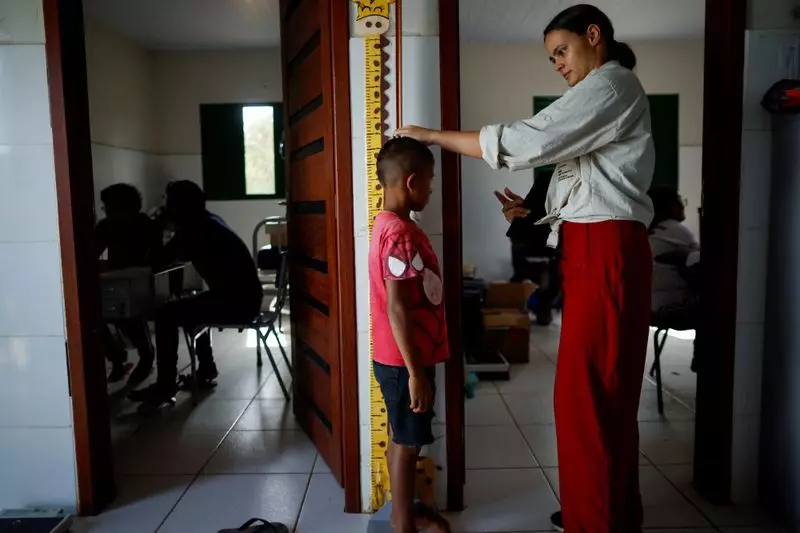
In a startling revelation that underscores the human cost of environmental destruction, scientists are gathering compelling evidence connecting illegal gold mining in the Amazon rainforest to a surge in birth disabilities among indigenous communities.
The Toxic Legacy of Gold Rush
Deep within the Brazilian Amazon, where illegal gold mining operations have flourished, researchers are documenting a disturbing pattern. The mercury used by wildcat miners to extract gold from sediment is poisoning rivers and entering the food chain, with devastating consequences for pregnant women and their unborn children.
"We're seeing an unprecedented number of babies born with severe neurological conditions, physical deformities, and developmental disorders in mining-affected regions," explains Dr. Paulo Basta, a leading researcher from Brazil's Oswaldo Cruz Foundation.
How Mercury Reaches the Unborn
The contamination follows a deadly path:
- Miners use liquid mercury to separate gold from soil and sediment
- This toxic metal washes into rivers and contaminates water systems
- Fish absorb the mercury, concentrating it in their bodies
- Indigenous communities consuming contaminated fish unknowingly poison themselves
- Pregnant women pass the mercury to their developing babies through the placenta
A Generation at Risk
The most affected populations include the Yanomami people, whose territory has been overrun by approximately 20,000 illegal miners. Medical teams report babies born with conditions including:
- Cerebral palsy and motor function impairment
- Cognitive disabilities and learning disorders
- Vision and hearing problems
- Physical deformities affecting limbs and organs
"This isn't just an environmental issue—it's a public health catastrophe that will affect generations," warns a healthcare worker from the region, who requested anonymity due to safety concerns in the conflict-ridden mining zones.
Scientific Evidence Mounts
Recent studies show mercury levels in indigenous communities exceeding World Health Organization safety limits by up to 18 times. Hair sample analyses from mothers with disabled children reveal mercury concentrations that explain the tragic outcomes.
Brazilian authorities face the dual challenge of curbing environmental destruction while addressing a growing healthcare crisis. The government has launched military operations to expel illegal miners, but the contamination persists in the ecosystem.
As scientists continue to build their case, the Amazon mining crisis serves as a stark reminder that environmental crimes have very human victims—often the most vulnerable among us.





